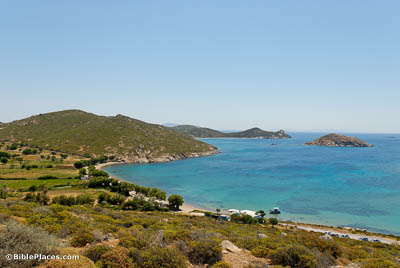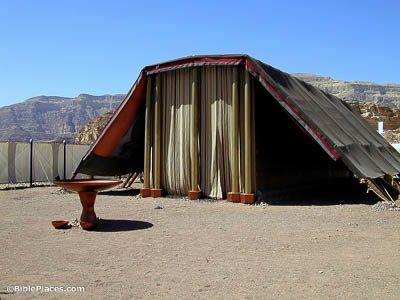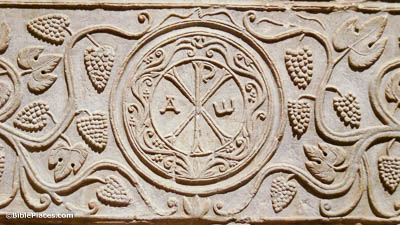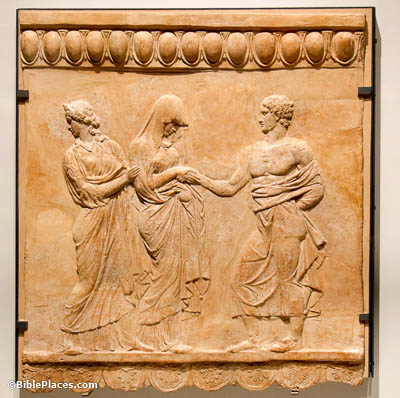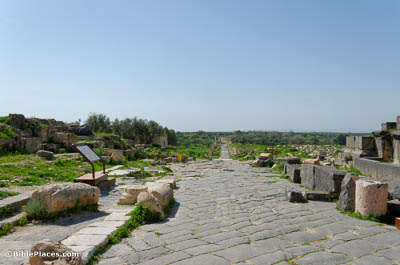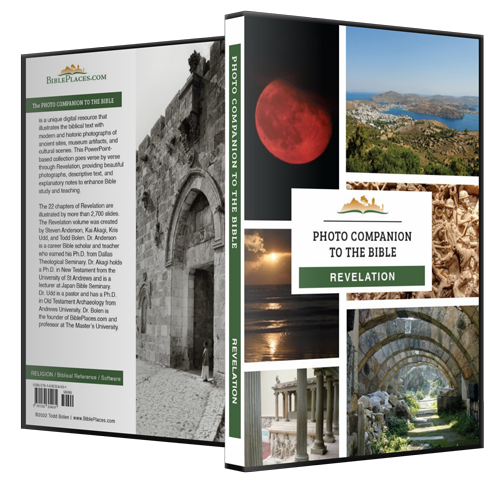The former heaven and the former earth passed away, and the sea is no more (Revelation 21:1).
John would have had a view of the earth and sea that was something like this, although as he wrote Revelation 21, he was far away in a vision. Exiled on the island of Patmos, John knew the sea as an immediate barrier to his communion with his fellow believers in Asia Minor.
